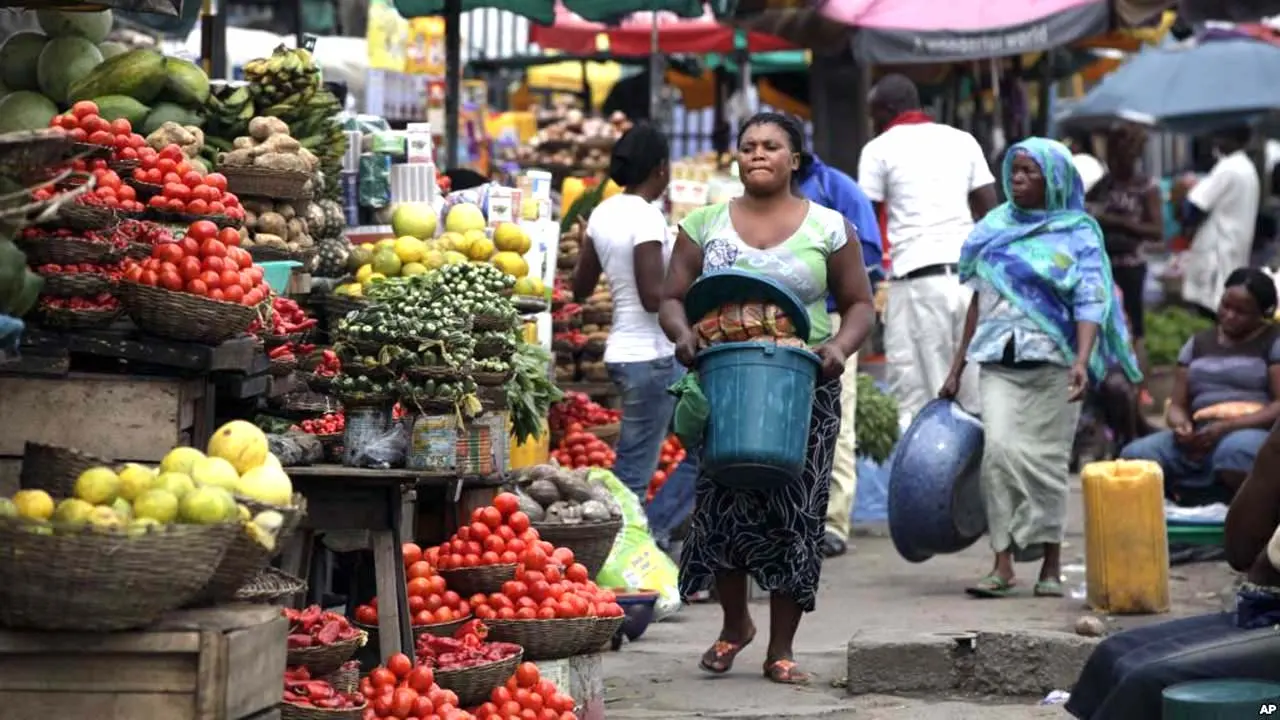Nigeria’s headline inflation quickened in October after a hike in fuel prices and floods in food-producing areas affected consumer prices, increasing the likelihood of another interest rate hike.
Data from the National Bureau of Statistics on Friday put October’s inflation rate at 33.8%, up from 32.70% recorded in August.
October’s food inflation quickened to 39.16%, up from 37.77% recorded in September. Although Nigeria’s harvest season helped ease food prices, flooding in key agricultural states like Borno and increased transportation costs due to a fuel hike have reversed those gains. The flood destroyed food that would have fed 8.5 million people for six months. The country’s failure to implement a 150-day waiver on food imports also quickened food inflation.
October’s inflation rate will add to the worries of Nigerians experiencing the country’s worst cost-of-living crisis in decades. Soaring fuel costs, with petrol prices exceeding ₦1,000 per liter and LPG prices rising over 10%, are increasing financial burdens for Nigerians. Despite significant increases in electricity tariffs, especially for high-tier consumers, Nigerians continue to suffer from unreliable power supply, with multiple grid collapses this month.
At its last Monetary Policy Committee in September, Nigeria’s Central Bank said it would continue a tightening monetary cycle, arguing that core inflation continued to rise in July and August. The Central Bank will likely maintain the benchmark lending rate again, with analysts predicting a 25 to 50 basis point hike.
In September, the Bank delivered a shock 50 basis point interest rate hike, increasing borrowing costs. It is due to give its next rate decision on November 25-26.











